Outforia Quicktake: Key Takeaways
- Animal extinction is a natural part of evolution, but human activities have significantly accelerated the rate of extinction in recent times.
- Extinction can occur due to various factors such as natural disasters, habitat loss, disease, invasive species, and severe climate changes.
- Scientists warn that we may be headed towards a “sixth mass extinction” due to the intense stress that human activities are placing on the Earth.
- The article provides a detailed list of 25 extinct animals, including the Tasmanian Tiger, Woolly Mammoth, Dodo, Passenger Pigeon, and the Mexican Grizzly Bear, among others, explaining the reasons behind their extinction.
- The main causes of extinction today include habitat loss and fragmentation, over-exploitation of wildlife, introduction of non-native invasive species, the spread of diseases, and pollution, most of which are driven by human activities.
Throughout Earth’s history, animal extinction has remained a natural part of evolution. Extinct animals are species that have completely died out.
Animals can go extinct for various reasons. Some have been extinct for thousands to millions of years as a part of evolution and the gradual changes on Earth.
Numerous animals have gone extinct in recent years after struggling with habitat loss, invasive species, diseases, or other factors.
Currently, there are an alarming number of animals at risk of becoming extinct as a result of human activities.
What is Extinction?
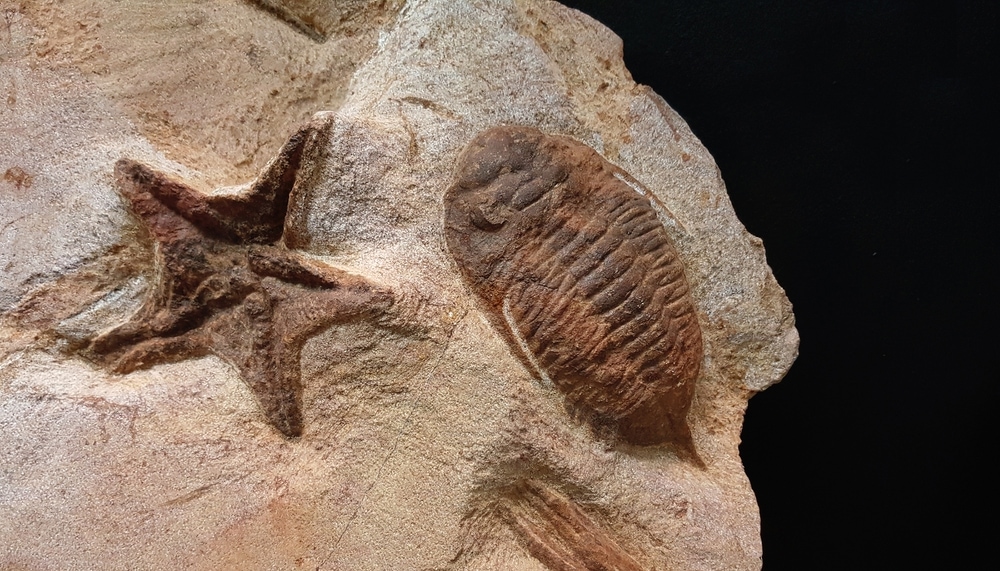
Extinction occurs when a plant or animal completely dies out and no longer exists anywhere on Earth. Some animals may be extinct in the wild. This means that an animal occurs in captivity but is no longer found anywhere in the wild.
There are numerous factors that can lead to extinction. It’s a natural part of the evolutionary process, but sometimes the rate of extinction can be accelerated.
Throughout the Earth’s history, there have been multiple mass extinction events that were triggered by natural phenomena.
Today, we’re facing what scientists and researchers refer to as a possible “sixth mass extinction” due to the severe stress human activities are placing on the Earth.
Sea level rise and fall, drastic temperature changes, habitat loss, the introduction of invasive species, and natural disasters can all play a role in animal extinction.
You May Also Like: The Unearthing Of Prehistoric Life: When Were Dinosaurs Discovered?
20 Types of Extinct Animals
There are many animals that have already gone extinct due to natural causes and human activities. Some animals have been extinct for millions of years, while others went extinct a few hundred years ago.
In this list, you can find 20 extinct animals and what contributed to their decline.
1. Tasmanian Tiger
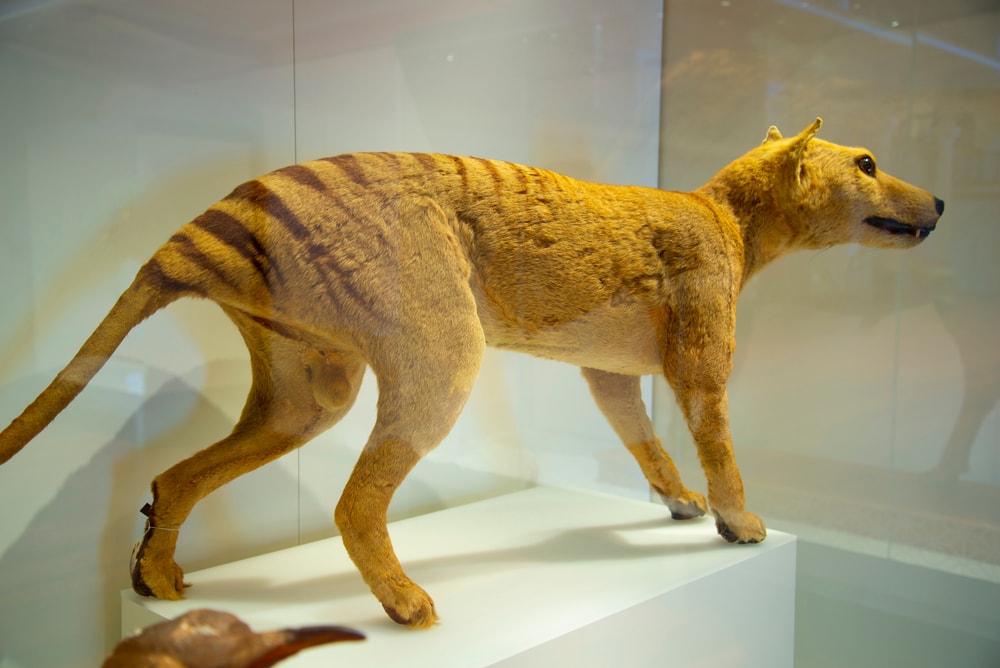
The Tasmanian tiger, also known as the thylacine, was a type of marsupial that once lived in Australia, Tasmania, and Papua New Guinea.
The species went extinct on the mainland of Australia about 2,000 years ago, but populations still existed in Tasmania.
The Tasmanian tiger population began to decline drastically during the 19th century. As settlers came into their range, the clearing of land for agriculture and livestock took away much of their habitat.
On top of habitat loss, Tasmanian tigers also fell victim to excessive hunting. In the late 1800s and early 1900s, bounty programs were implemented, and thousands of individuals were killed. The introduction of non-native species also created more risks for this species.
The last Tasmanian tiger on Earth lived in captivity at Hobart’s Beaumaris Zoo in Tasmania. In September 1936, the last Tasmanian tiger died. It’s suspected that it died due to neglect.
2. Quagga
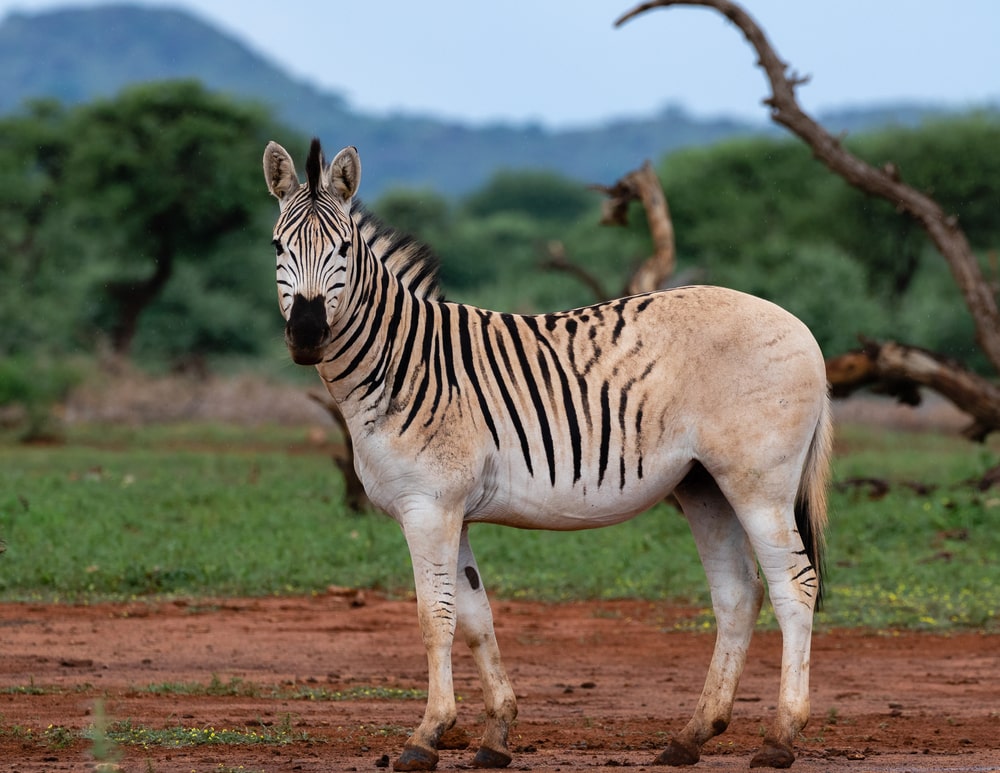
Quaggas were a subspecies of the Burchell’s zebra. The two species have many similarities, except for the striping pattern. The quagga once lived throughout the southern portion of Africa in grassland habitats.
The population of quaggas largely went unmonitored, so their extinction wasn’t apparent until after they died out. The main reason the quagga went extinct was excessive hunting.
The last wild quagga is suspected to have been killed sometime in the 1870s or early 1880s. The last known individual lived in captivity at a zoo in Amsterdam, the Netherlands. It died in August 1883.
3. Baiji

The baiji, also called the Chinese river dolphin, once lived exclusively in the Yangtze River in China. It lived in the river for millions of years until the Yangtze River became a high-traffic area that created an uninhabitable environment for these river dolphins.
Echolocation is an important adaptation that dolphins use to navigate and locate food and predators. With an increase in noise pollution, life for the baiji became difficult.
Between 1950 and 1980, the baiji population dropped from thousands of individuals to just a few hundred. The last confirmed individual was documented in 2002. In the same year, the last captive baiji died.
In 2006, a 6-week expedition was launched to search for any remaining individuals. Unfortunately, search efforts were unsuccessful.
There have been alleged sightings of the species, with one of the last being in 2016. Despite these claims, there haven’t been any confirmed sightings since 2002. The baiji was officially declared extinct in 2007.
4. Woolly Mammoth
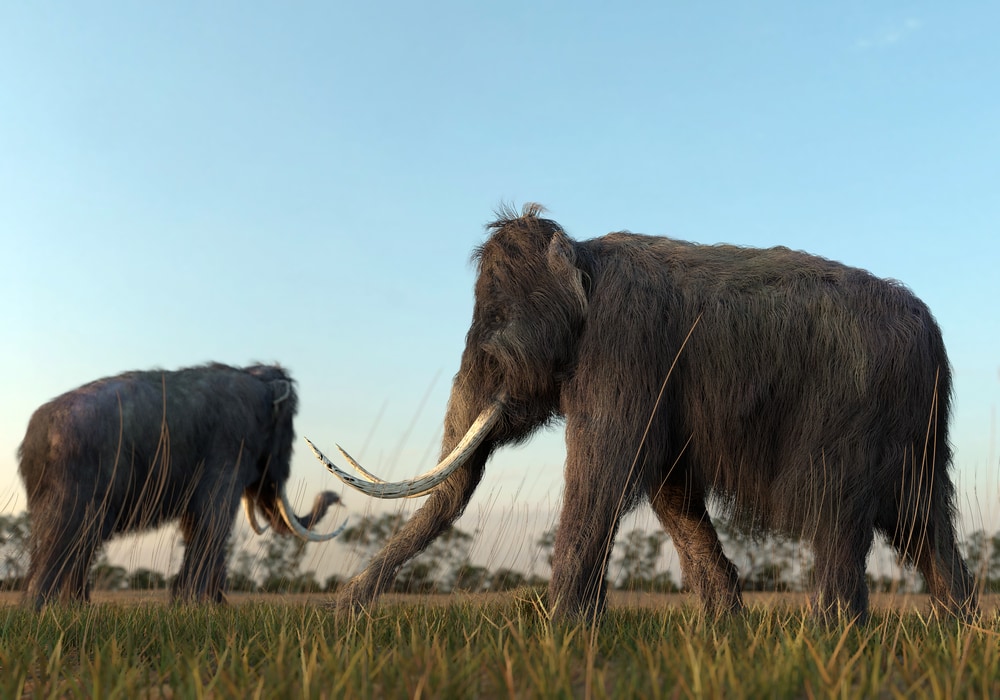
One of the best-known ice age animals, the woolly mammoth, has long been extinct. There are a few theories as to why woolly mammoths went extinct, but they’re still largely debated. Some scientists attribute their extinction to climate change and overhunting.
Woolly mammoths once roamed Europe and North America until about 4,000 years ago. Their populations became more isolated around 10,000 years ago. At that time, most occurred in Siberia and Alaska.
The woolly mammoth is just one species of mammoth that once existed on Earth. Some others included the steppe mammoth, the Columbian mammoth, and the pygmy mammoth.
As their name suggests, woolly mammoths were furry. Their fur helped them stay warm in their Arctic habitats. Woolly mammoths were massive, 200-pound herbivores with long tusks.
Tens of thousands of woolly mammoth remains have been found where they occurred. However, the idea that these creatures existed was first discovered through cave art.
5. Dodo
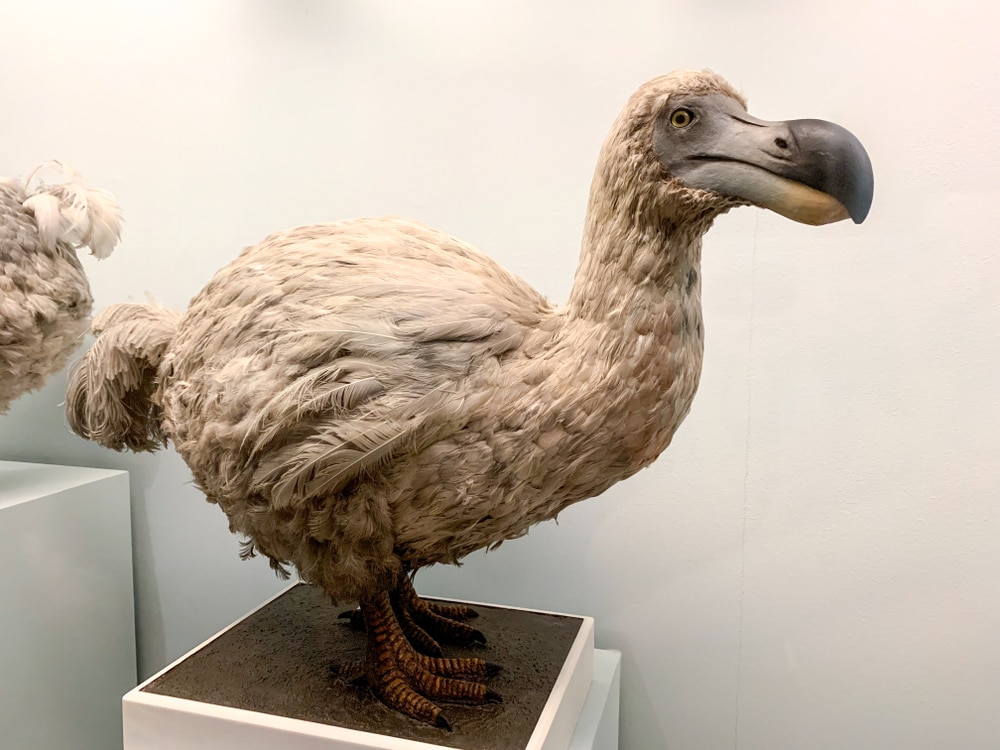
Another Ice Age animal is the dodo bird. Dodos are often depicted as clumsy birds. The dodo got this reputation from the writings of sailors that visited the island of Mauritius in the Indian Ocean, where they were discovered.
The first records of dodo birds date back to the 16th century. What we know about the appearance of dodo birds today also comes from the writings of sailors who observed these birds while on the island.
Dodo birds went extinct for several reasons. Sailors ate the dodo birds, and the introduction of various animals, such as dogs and pigs, also led to their decline.
One of the last confirmed sightings of the dodo was around 1660. However, it wasn’t until the late 18th century that they were considered extinct.
6. Passenger Pigeon
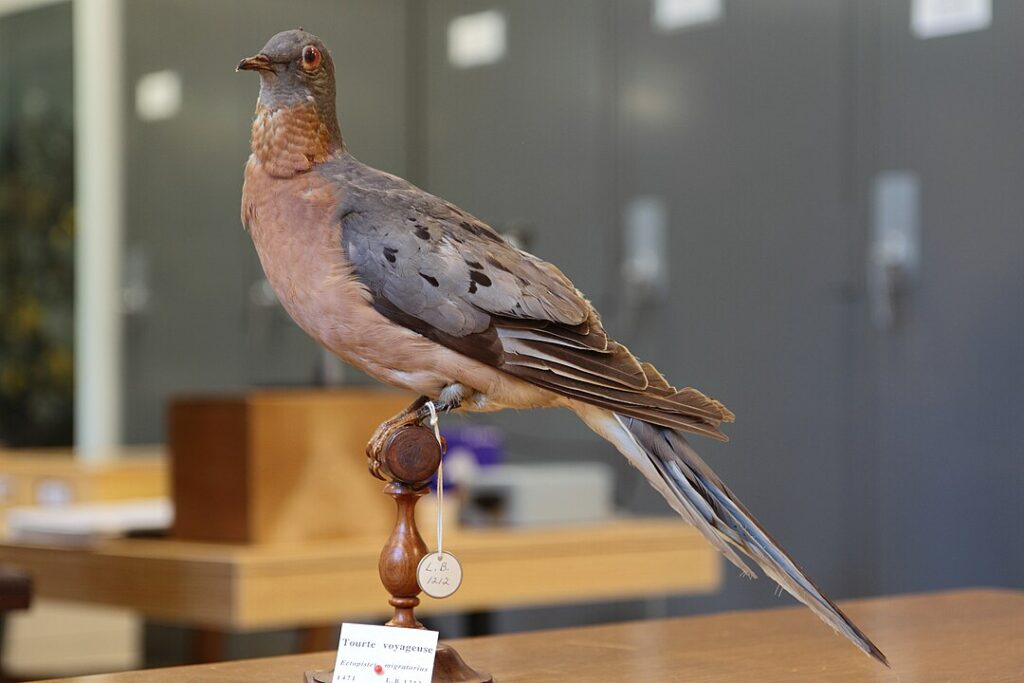
At one point in time, passenger pigeons were one of the most abundant birds in North America. It’s estimated that between 3 and 5 billion individuals existed around the time of European colonization of North America.
Passenger pigeons were often referenced in the writings of early settlers and explorers, including French explorer Samuel de Champlain. Their range extended from southeastern Canada south to the Gulf Coast states of the US.
By the late 1800s, passenger pigeons were almost completely extinct. Their decline is mainly due to habitat loss from deforestation and hunting.
The last individual known to exist was a female named Martha who lived in the Cincinnati Zoological Garden in Ohio. Martha lived to be 29 years old and died in September 1914.
Previous efforts were made to repopulate the species by breeding them in captivity. However, these efforts were unsuccessful.
7. West African Black Rhino
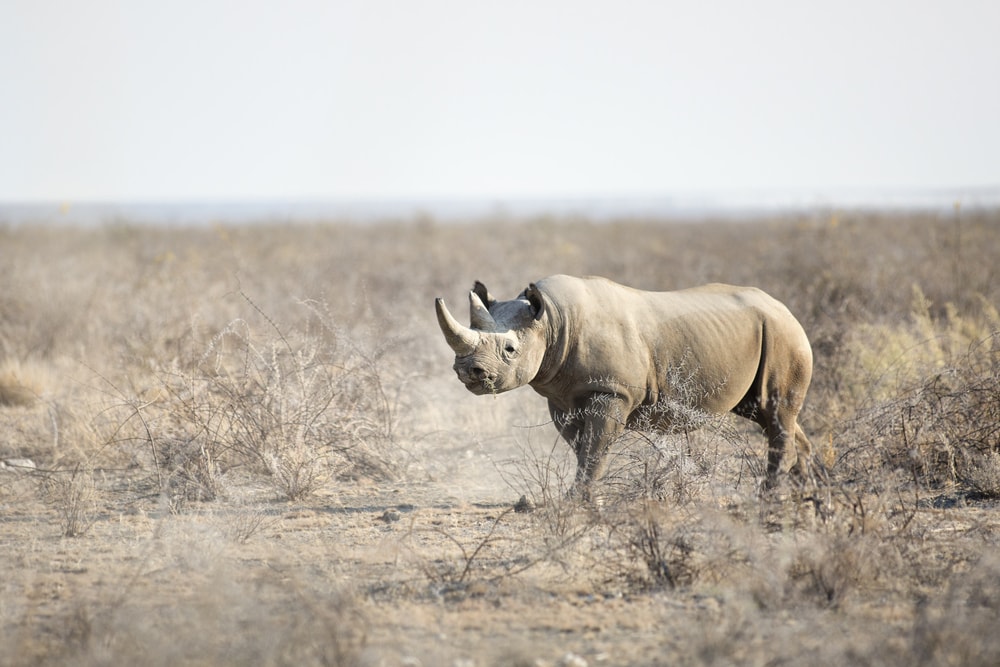
The West African black rhino was a subspecies of black rhino that went extinct in 2011. The International Union for Conservation of Nature (IUCN) classified the subspecies as critically endangered between 2000 and 2008.
The main threat that drove this subspecies to extinction was poaching for rhino horn. Other subspecies of black rhinos include the East African black rhino, the south-western black rhino, and the south-central black rhino.
The black rhino species as a whole is classified as critically endangered. It’s estimated that there are a little over 3,000 individuals left. They’ve gone extinct throughout much of their range in central and eastern Africa. Most now occur in the southern half of Africa.
8. Saber-toothed Cats
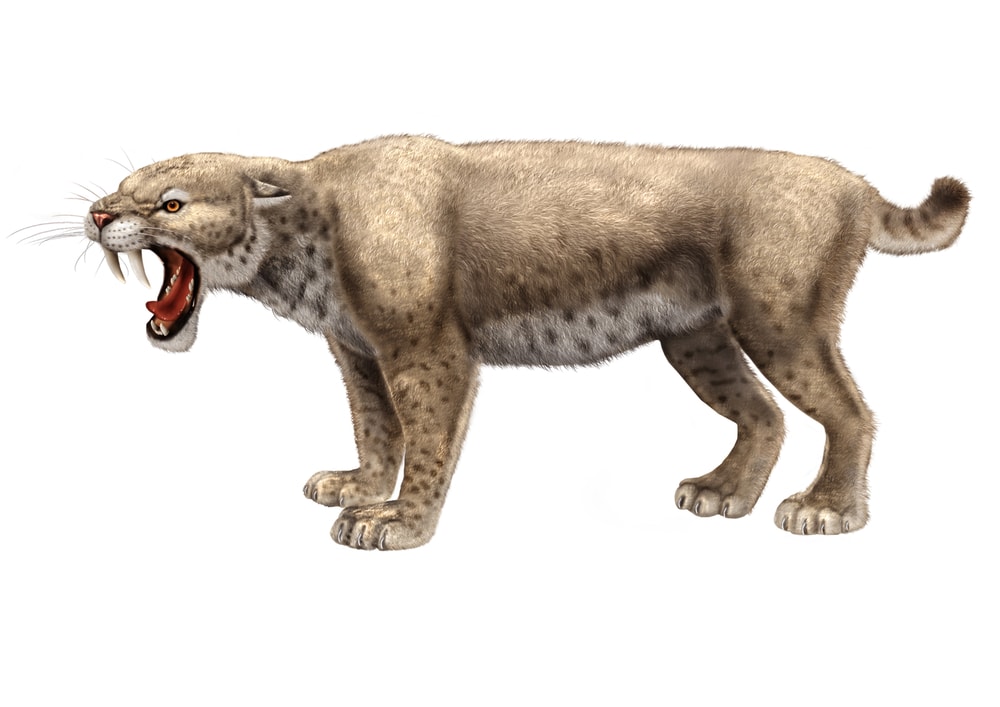
Saber-toothed cats, also called saber-toothed tigers, lived throughout the ice age until about 8,000–10,000 years ago. Saber-toothed cats belonged to the genus Smilodon.
Three species of saber-toothed cats occurred during the ice age, which included:
- Smilodon populator
- Smilodon fatalis
- Smilodon gracilis
Saber-toothed cats were known for their large teeth that protruded out of their mouths. They roamed the Americas until the end of the Ice Age.
The reason for their extinction is still debated. However, the time of their extinction suggests that climate change could have played a role. Similarly to woolly mammoths, saber-toothed cats may have also declined due to excessive hunting.
9. Caspian Tiger
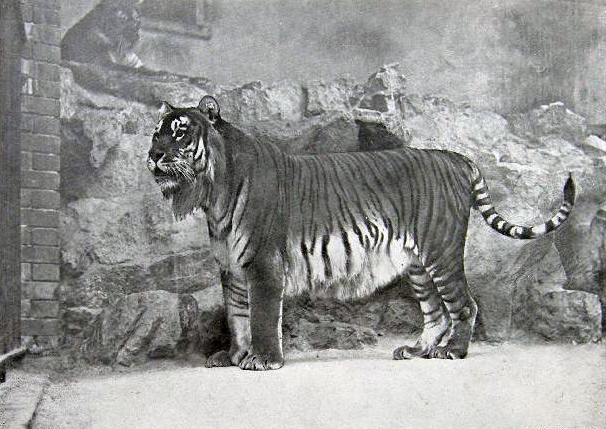
The Caspian tiger was declared extinct in 2003 due to excessive hunting and habitat loss. They once populated much of Central Asia and parts of East Asia around rivers and lakes. Their name comes from their range around the Caspian Sea.
Between the 19th and 20th centuries, the range and population of Caspian tigers were significantly reduced. Bounty programs were implemented by the Soviet Union in the early 1900s.
The Caspian tiger received legal protection against hunting in 1947. However, they still faced threats from habitat loss and degradation. The legal restrictions came too late, as many Caspian tigers were already gone by the 1950s.
The Siberian tiger is genetically similar to the Caspian tiger. Conservationists and the Kazakhstan government began a project in 2017 to try and bring the species back and reintroduce them to a part of their historic range.
10. Woolly Rhinoceros
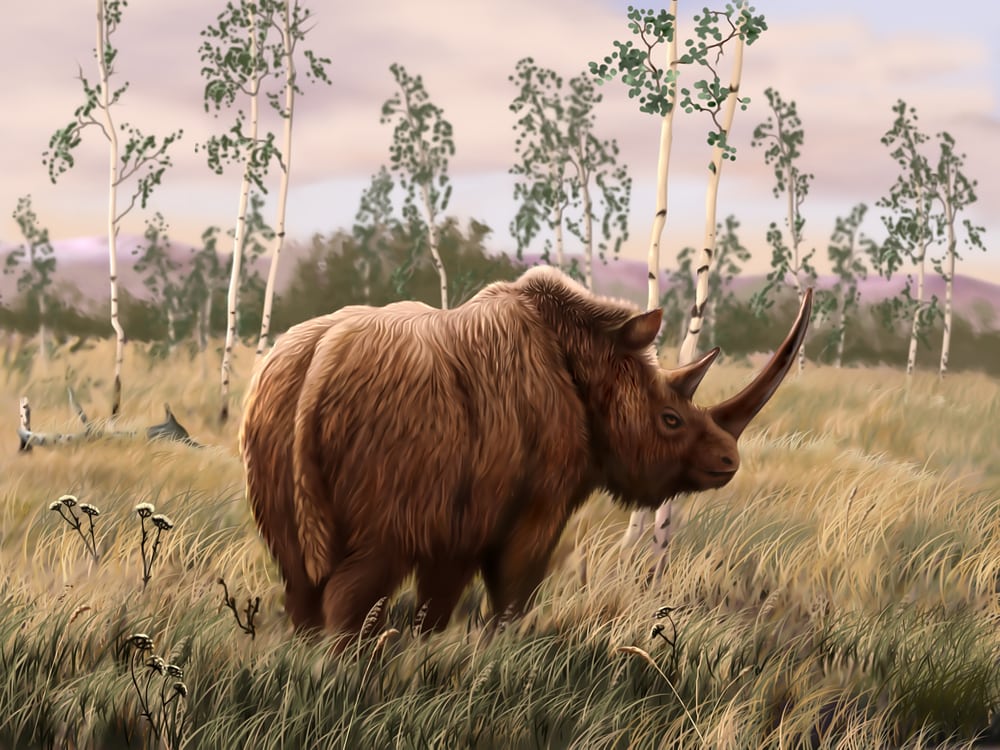
The woolly rhinoceros is an ice-age rhino closely related to the Sumatran rhino. Woolly rhinos lived during the Pleistocene Epoch. They went extinct shortly after the end of the ice age, about 8,000 years ago.
Woolly rhinos occured throughout Europe and Asia. These large, furry rhinos could weigh up to 6,000 pounds and reached up to 12.5 feet in height. Their fur kept them warm during the harsh winters of the Ice Age.
Much like camels, the woolly rhino had a hump on its back that stored fat. When food was minimal in the winter, woolly rhinos would use their fat reserves to survive.
11. Golden Toad
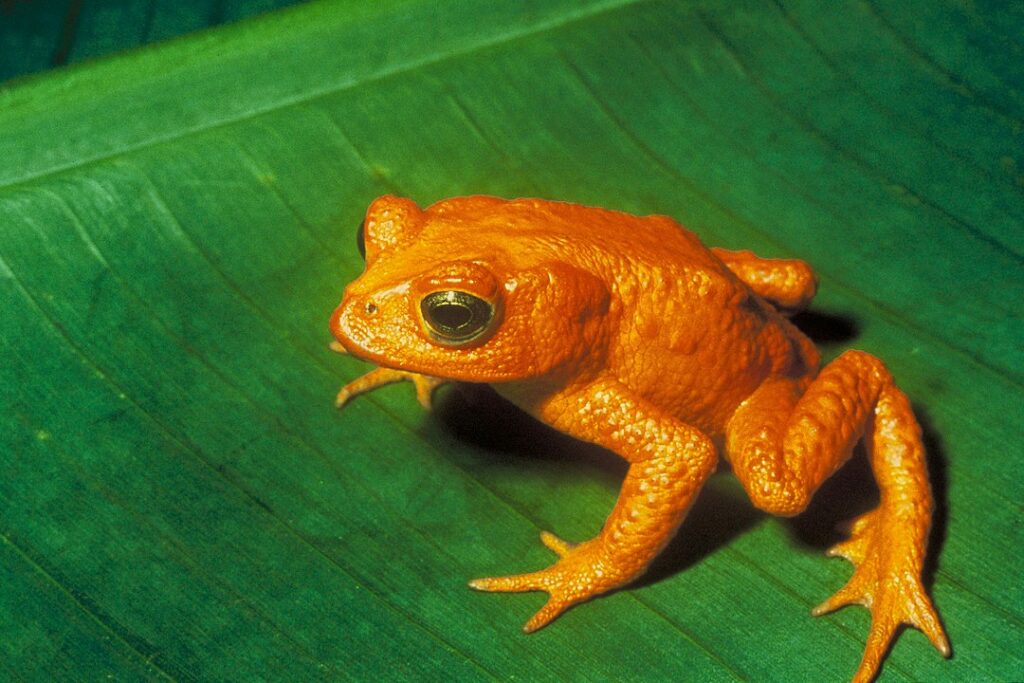
Golden toads once lived in a high-elevation habitat called the Monteverde Cloud Forest Reserve in northern Costa Rica. Males were bright orange. Females were black with red blotches and a bright yellow border.
The IUCN officially declared golden toads extinct in 2004. They were mainly threatened by climate change, airborne pollution, and a fungal disease that infects amphibians called chytridiomycosis.
The reproduction process of golden toads was too vulnerable for the species to combat its threats. There was only a short window of time during the rainy season in which these toads could breed.
If the rains were too heavy, many of the eggs laid would fall to the forest floor. If the rains were too light, the eggs could dry out.
The breeding season of golden toads in 1987 was highly unsuccessful. Scientists and researchers monitored them and estimated the potential population to be around 30,000. However, only 29 individuals were known to have been produced.
By 1989, scientists were only able to find a single male toad. When they checked back a year later, they couldn’t find any.
12. Steller’s Sea Cow
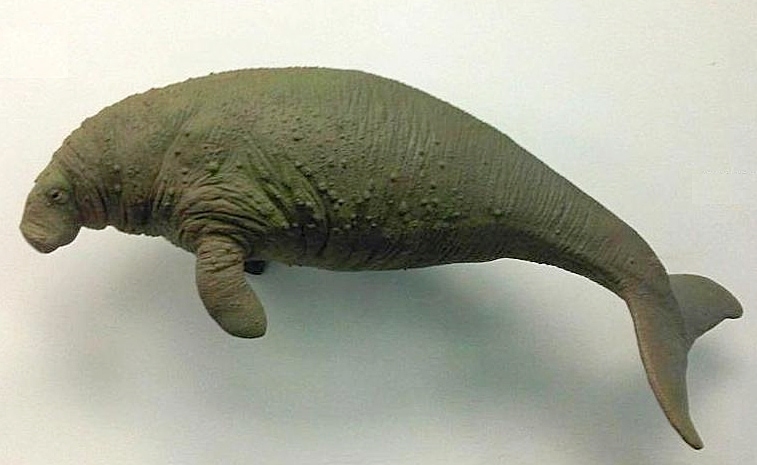
Steller’s sea cows were sirenians, which is an order that includes various sea cow species. Other marine mammals that belong to this order include manatees and dugongs.
Steller’s Sea Cow once inhabited the shallow sub-Arctic waters surrounding the Commander and Aleutian islands. The species was discovered in 1741 and named after the German zoologist who found it, Georg Wilhelm Steller.
A little over 20 years after its discovery, the Steller’s sea cow went extinct in 1768. Its extinction is linked to the international fur trade. As fur traders traveled across the Steller’s Sea Cow range to hunt for sea otters, they would hunt Steller’s Sea Cows for their meat.
Steller’s sea cows were much larger than the sea cows that currently exist. They could reach up to 33 feet (10 meters) in length and weigh as much as 24,251 pounds (11,000 kg).
13. Labrador Duck
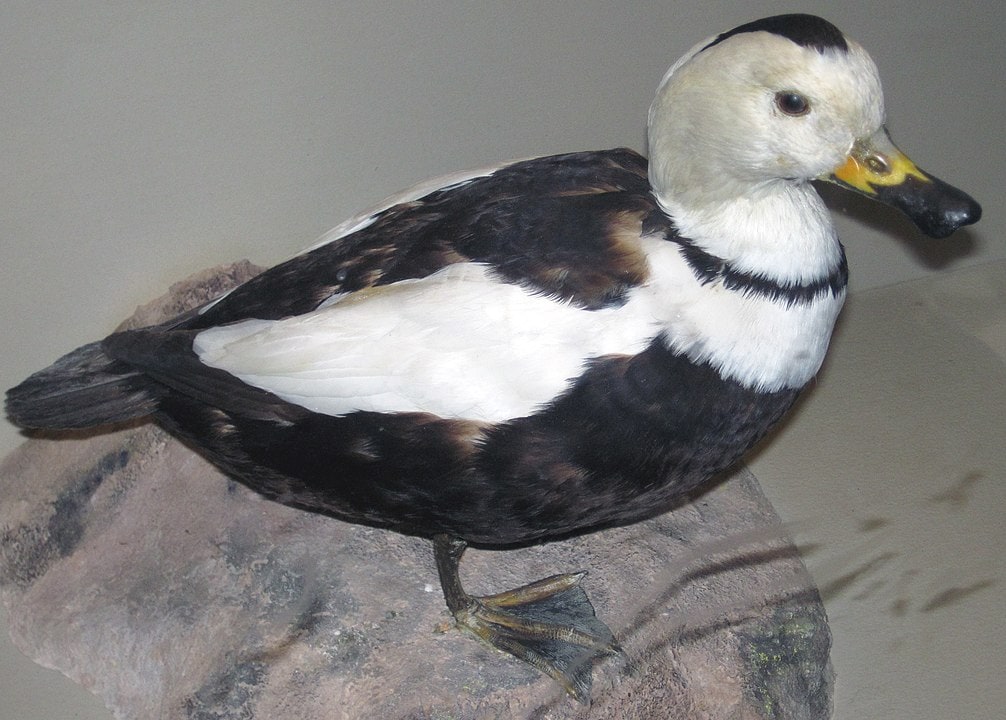
The Labrador duck once lived along the East Coast of North America, from Canada south to the Chesapeake Bay region of Virginia. The extinction of the Labrador duck is somewhat of a mystery.
It’s largely unknown what happened to these birds, as they were a target for hunting. Their meat wasn’t tasteful, and the plumage wasn’t very desirable. One theory for its extinction is the possible loss of its main food source, a specific species of mollusk.
Populations may have also declined due to habitat fragmentation and loss. Labrador ducks had white necks with a black band around the base of the neck. They had white wings with a black or brown underside.
According to the IUCN, the last confirmed sighting of this duck was on Long Island, New York, in 1875. It was already considered a rare bird prior to its extinction.
14. Megalodon
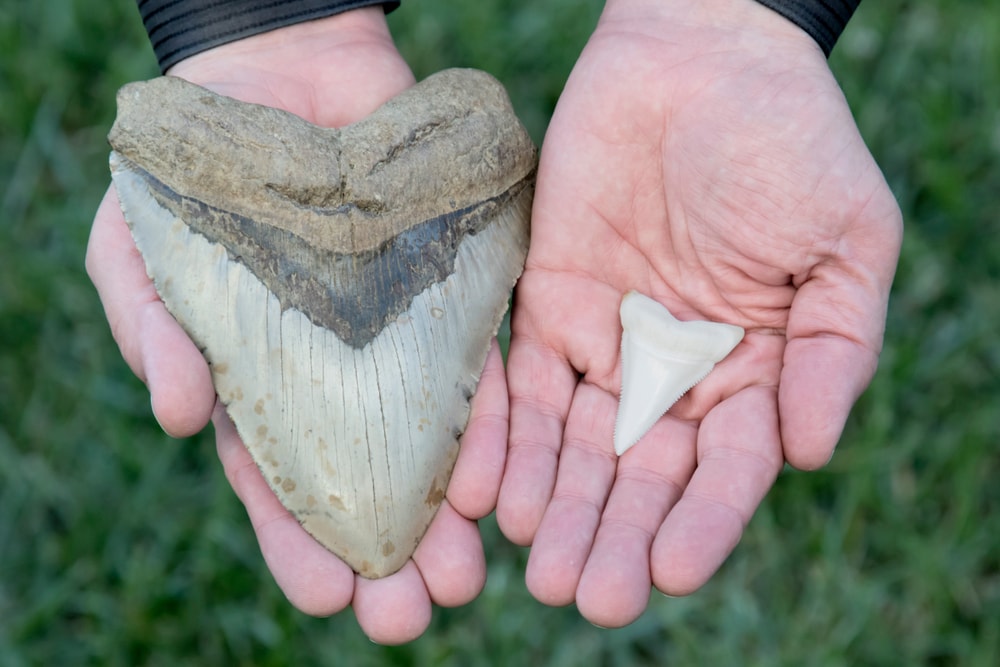
The megalodon was one of the largest shark species to ever roam the Earth’s oceans. Its size resembles the largest shark species that currently exists, the whale shark.
What we know about the size of the megalodon is based on fossil records of its teeth. It’s estimated that megalodons reached about 50–60 ft (15–18 m) in length.
Using fossil evidence, scientists have tried to estimate the bite force of megalodons. It’s believed that the megalodon may have had a bite force of about 108,514–182,201 Newtons (N). For comparison, the great white shark has a bite force of around 18,216 N.
The oldest fossil record of the megalodon is about 20 million years old. It’s believed that the species went extinct about 3.6 million years ago. Megalodons were believed to be widespread in subtropical and warm tropical waters.
Its extinction may have been caused by natural changes on Earth near the end of the Pliocene Epoch. By the end of this period, the Earth had entered a global cooling phase.
The decrease in ocean temperature may have pushed some of their prey out of their historic range and reduced the range of megalodons.
15. Pinta Giant Tortoise
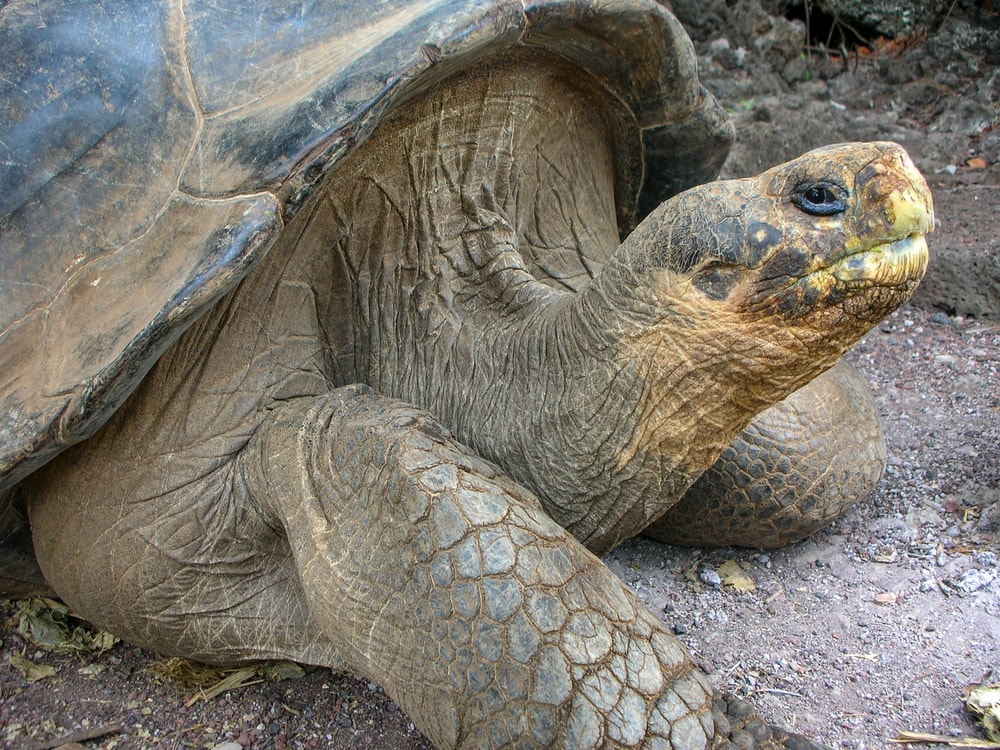
The Pinta Island giant tortoise went extinct in 2012 after the last of its kind, Lonesome George, was found dead. Pinta Island giant tortoises were one of several subspecies of giant tortoises.
Pinta Island giant tortoises faced major threats of overexploitation in the 19th century. By the 20th century, their population had been significantly reduced to the point that they were thought to be extinct.
Pinta Island giant tortoises lived in the northern region of the Galápagos Archipelago.
A group of fishermen released three goats into their range around 1960, which would ultimately lead to their demise. The goat population got out of control over the next decade. The goats destroyed the vegetation that Pinta Island giant tortoises relied on for food and habitat.
It was thought that by the time the goats were released, the tortoises would have died out. However, Hungarian scientist József Vágvölgyi stumbled upon an individual in 1971. This individual would be named Lonesome George.
Galápagos National Park rangers took Lonesome George to the Tortoise Breeding and Rearing Center on the island of Santa Cruz, Ecuador.
Lonesome George was kept in captivity for protection and in the hopes that a female would be found. However, none ever turned up.
In 2012, Lonesome George was found dead, and it was deemed that he died of natural causes. As the last known individual left, the Pinta Island giant tortoise was officially declared extinct with the death of Lonesome George.
16. Bramble Cay Melomys
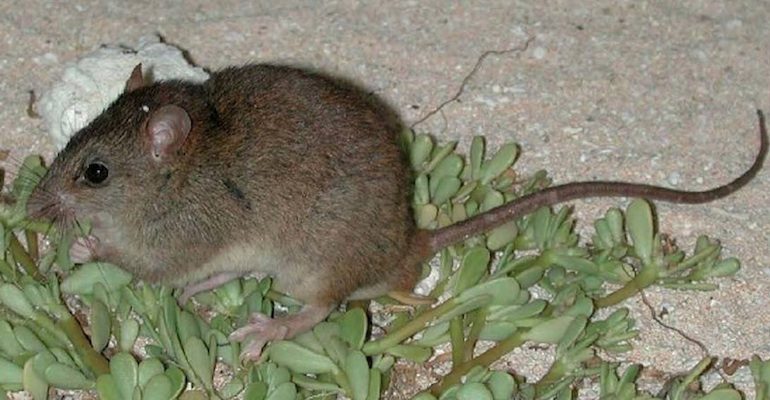
The Bramble Cay melomys was a small rodent native to Australia. It was also called the Bramble Cay mosaic-tailed rat due to the scale pattern on its tail. The rodent once lived on Bramble Cay, located off the coast of northeastern Australia and east of Papua New Guinea.
The extinction of the Bramble Cay melomys is fairly recent news. It was declared extinct in 2019 by the Australian government. The last confirmed sighting of this species was in 2009. Surveys from previous years counted just 10–12 individuals between 2002 and 2004.
The Bramble Cay melomys are thought to have gone extinct due to the destruction of vegetation on the cay.
A significant amount of vegetation on Bramble Cay was destroyed in the years leading up to the species extinction due to storm surges and seawater inundation caused by severe weather events.
17. Japanese Sea Lion
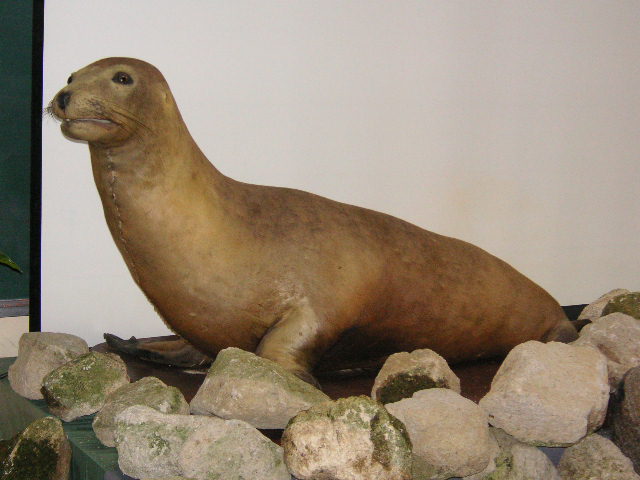
The Japanese sea lion was a type of eared sea lion that lived in waters surrounding Japan and South Korea. Its historic range extended from the southern end of Japan as far north as the seas surrounding Sakhalin Island, Russia.
Japanese sea lions were previously thought to be a subspecies of the California sea lion. However, further studies revealed it was a distinct species.
In the 1800s, the Japanese sea lion population was estimated to be up to 50,000 individuals.
Due to excessive hunting by fishermen and overexploitation, its population declined to just a few hundred individuals by the early 1900s. Submarine warfare during World War II also took a major toll on the species.
The last confirmed sighting of a Japanese sea lion was in 1951. However, unconfirmed sightings continued into the 1970s. The Japanese sea lion was officially declared extinct in 1974.
18. Mexican Grizzly Bear
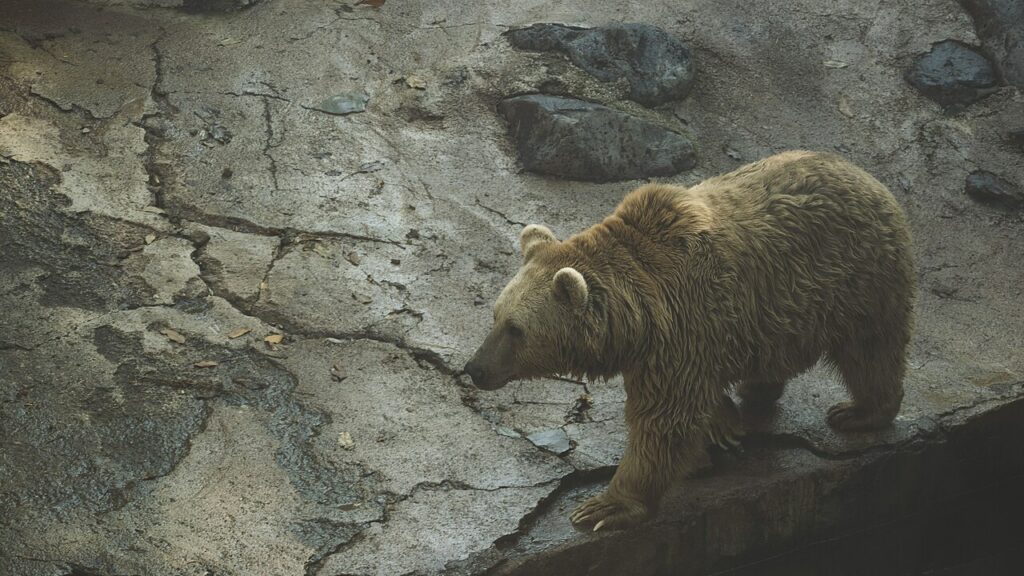
The Mexican grizzly bear was a subspecies of brown bear that once roamed savannah and mountain forest habitats in Mexico, New Mexico, and Arizona in the US.
Mexican grizzly bears had a light brownish-yellow to gray fur coat. They were smaller than other species of brown bear that roam Canada and the northern US.
Mexican grizzly bear populations significantly declined in the early 1900s due to the expansion of cattle farms throughout their range. Their range was reduced to a few mountainous regions in Mexico.
By the 1960s, it was believed that fewer than 30 individuals remained. Some unconfirmed sightings were reported in the decade that followed. They were officially declared extinct in 1982, but it’s believed they went extinct sometime in the 1960s.
19. Delcourt’s Giant Gecko
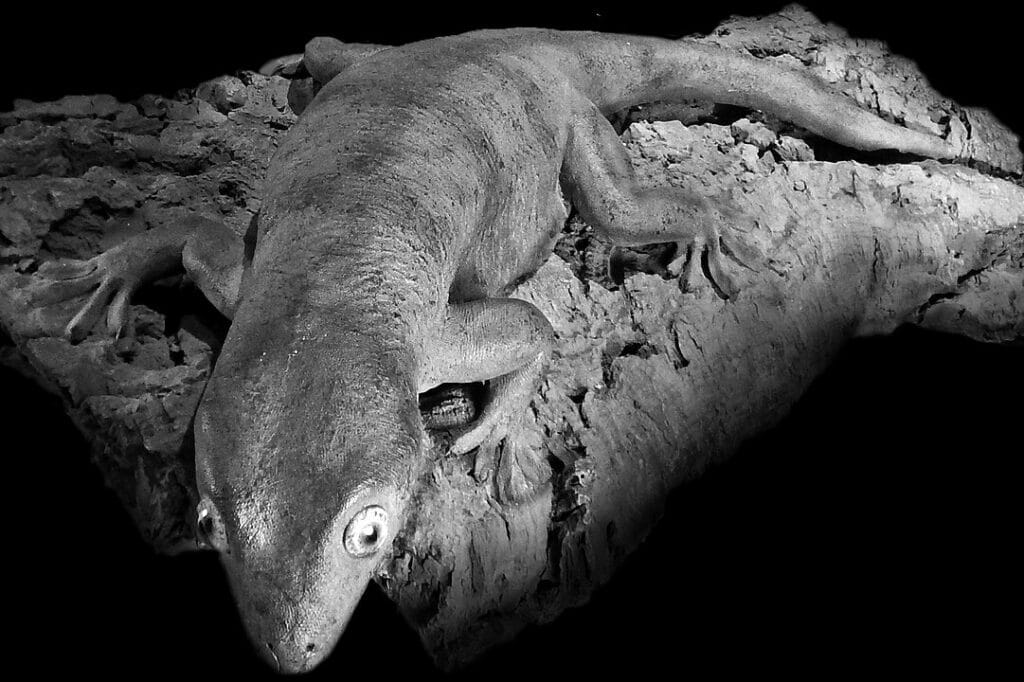
Delcourt’s giant gecko was one of the largest gecko species to ever exist on Earth. It’s only known from one specimen that was held in the Muséum d’Histoire Naturelle de Marseille in France.
The specimen was stored away for at least 100 years and rediscovered in the 1980s. Due to incomplete records, it’s unknown when the specimen arrived at the museum.
With only one individual on record, scientists are unsure where Delcourt’s giant gecko lived. However, it was proven to be closely related to the New Caledonian giant gecko. This species is currently the largest type of gecko in the world.
Delcourt’s giant gecko was much larger. The specimen measures about 2 feet (61 cm) in length from snout to tail.
20. Splendid Poison Frog
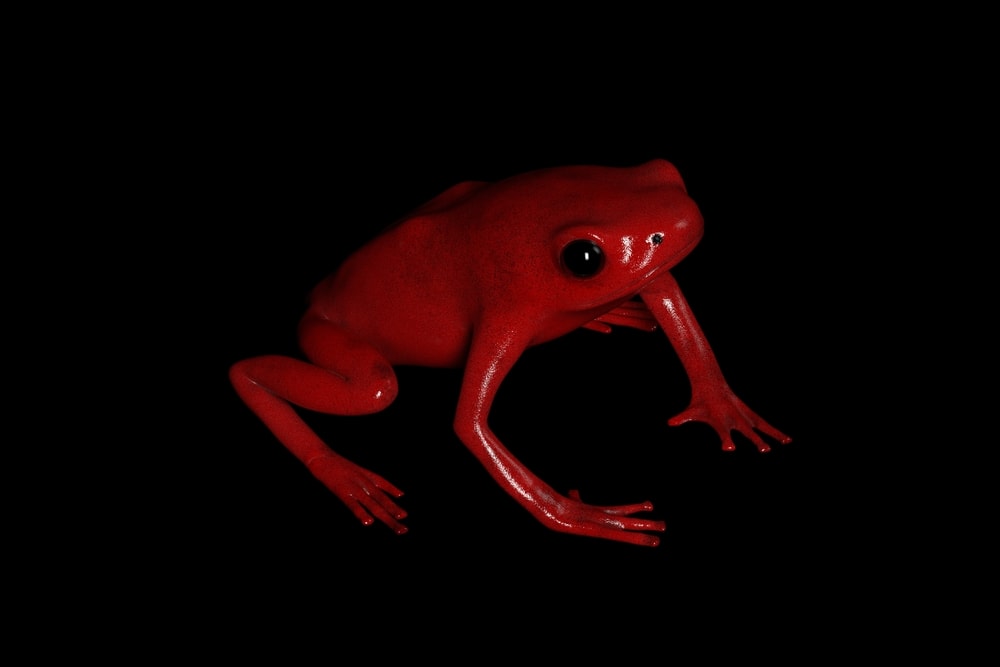
The splendid poison frog is fairly new to the list of extinct animals. It was officially declared extinct by the IUCN in 2018. It was previously classified as endangered in 2004 and 2010. However, the last confirmed sighting was in 1992.
Splendid poison frogs were once common throughout their range in the western Cordillera Central mountain range of Panama. It was a popular species in the international pet trade in the 19th century. While individuals may still exist in captivity as pets, this hasn’t been confirmed.
Splendid poison tree frogs may have been wiped out by a fatal fungus called chytrid fungus that affects amphibians. The fungal infection was identified in the frog’s range in 1996.
21. Great Auk
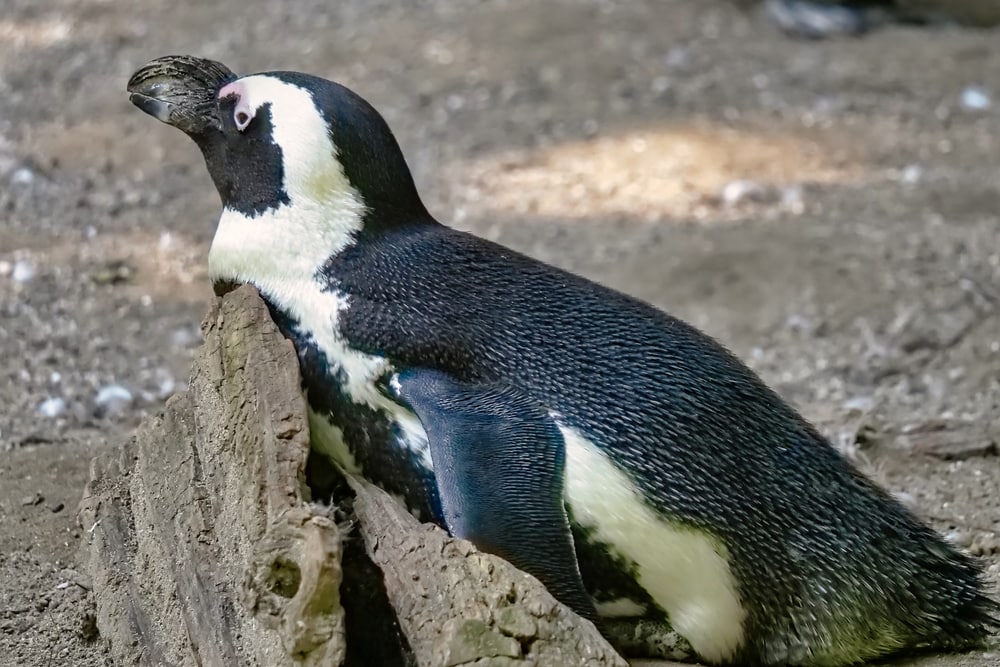
The Great Auk was a large, flightless bird that resembled modern-day penguins. With a height of approximately 30-33 in (75-85 cm), these birds were quite sizable.
Despite physical similarities to penguins, the Great Auk isn’t closely related to them, representing parallel evolution.
Their black and white plumage, similar to penguins, allowed them to be excellent swimmers. They had short wings adapted for swimming underwater while hunting for fish and crustaceans.
While on land, they wobbled clumsily and often fell prey to humans and large predators.
Their feathers, which were enlisted for pillow stuffing, their meat, and eggs, became highly sought after, leading to overexploitation and hunting.
The last known pair of Great Auks was killed in 1844 on the island of Eldey, off the coast of Iceland. This marked the extinction of this majestic bird.
22. Caribbean Monk Seal
The Caribbean Monk Seal, native to the Caribbean Sea, Gulf of Mexico, and the west Atlantic Ocean, was the only seal native to the Caribbean Sea and Gulf of Mexico.
They were large marine mammals, measuring up to 2.6-3.1 yards (2.4-2.8 meters) long and weighing between 375-595 lbs (170-270 kg).
They were characterized by their brownish or grayish coats, and the males were slightly larger than the females. The seals fed on a diet of fish and invertebrates and would haul out at sandy beaches and rocky areas to rest and bask in the sun.
Widely hunted for their oil by European explorers, the Caribbean Monk Seal population declined rapidly.
The last confirmed sighting was made in 1952 near Seranilla Bank between Jamaica and the Yucatan Peninsula. They were officially declared extinct in 2008, marking another marine casualty of human overexploitation.
23. Auroch
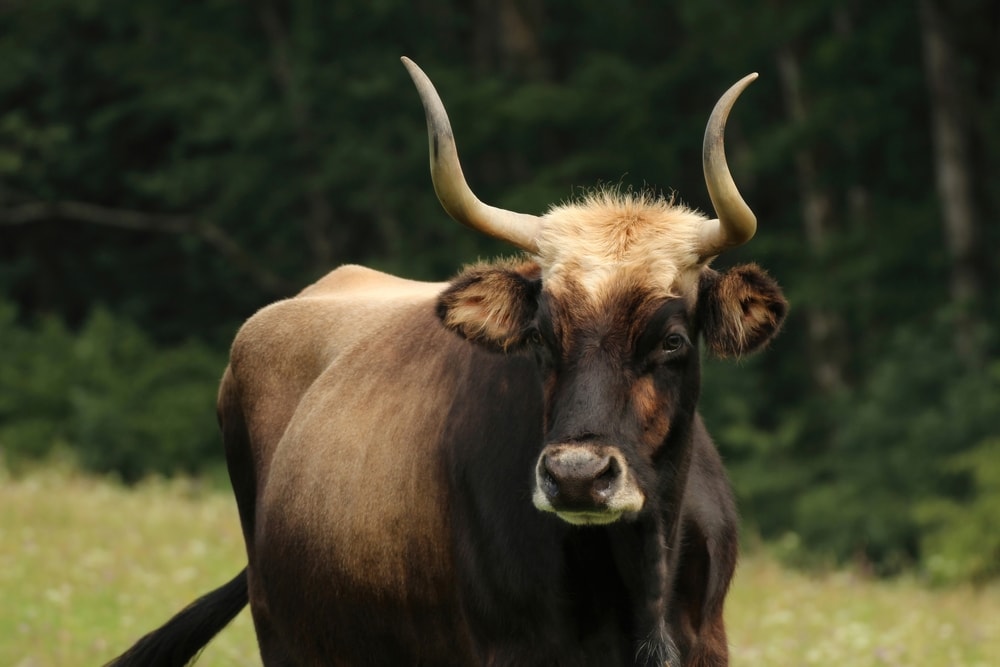
The Auroch was a giant wild cattle species that inhabited the forests of Europe, Asia, and North Africa. It is recognized as the ancestor of domesticated cattle breeds seen today.
The species survived in Europe till 1627, when the last recorded auroch, a female, died in the Jaktorów Forest, Poland, marking the end of this species.
Aurochs were incredibly large, standing about 5.6 ft (1.7 m) tall at the shoulder, with some robust individuals even reaching 5.9 ft (1.8 m). They were characterized by their formidable size, robust horns, and dark coats.
Despite the docile nature of their modern cattle descendants, aurochs were noted for their aggression and strength, which combined with their formidable size, made them a respected adversary for prehistoric hunters.
Their extinction is tied to overhunting, habitat alterations due to agriculture, and diseases transmitted by domestic cattle.
24. Falkland Islands Wolf
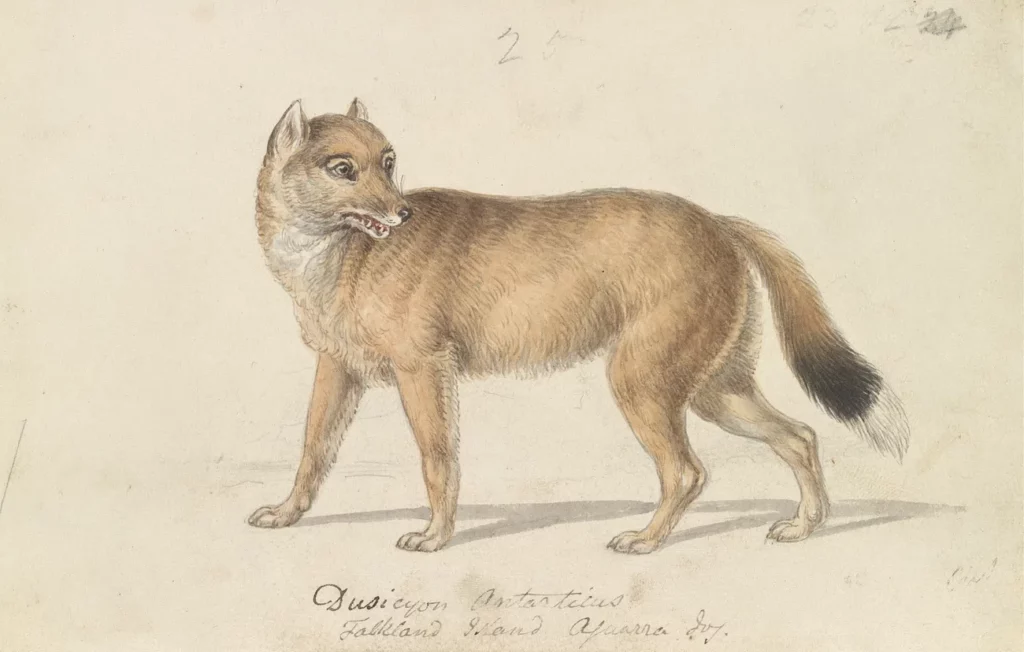
The Falkland Islands Wolf, also known as the Warrah, was the only native terrestrial mammal of the Falkland Islands.
This enigmatic creature, which was the sole member of the genus Dusicyon, was a largely fearless species, showing no instinctive fear of humans, making it easy prey when settlers arrived on the islands.
They were medium-sized canids, with a body length of approximately 3.3 ft (1 m) and a bushy tail. Their fur was short and rough, with a tawny color on the upper body and reddish-brown underneath.
Their diet mainly consisted of ground-nesting birds and seal pups, making them the top predator in their limited ecosystem.
The arrival of settlers and the introduction of sheep farming posed a significant threat to the Falkland Islands Wolf, leading to a drastic population decline. The species was hunted to extinction by 1876, due to perceived threats to livestock and fur trading.
25. Javan Tiger
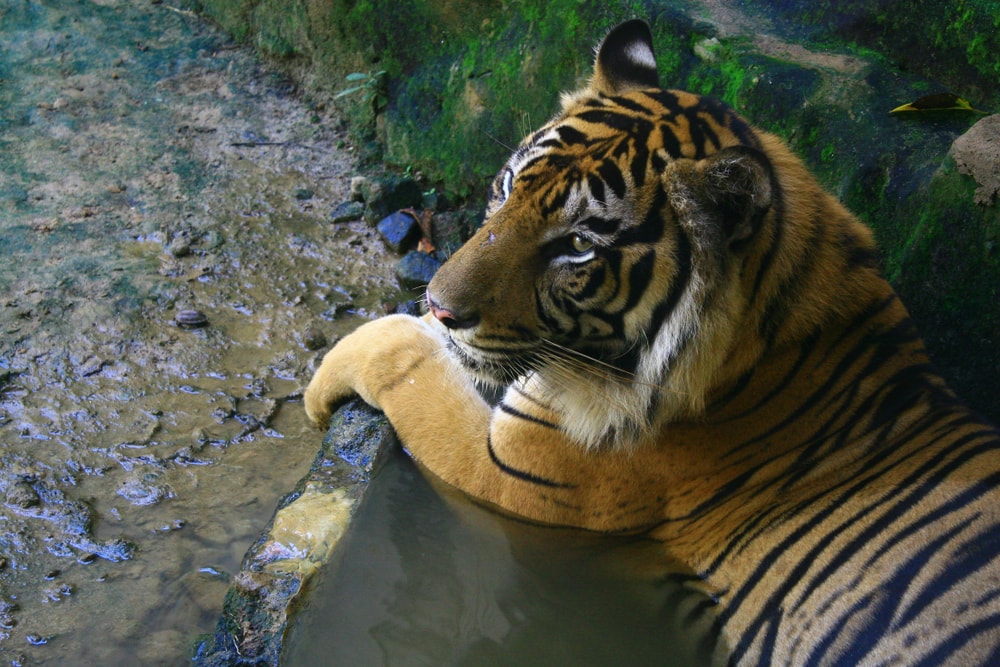
The Javan tiger was a tiger population that lived in the Indonesian island of Java and became extinct in the mid-1970s.
They were one of the three tiger populations in the Sunda Islands. The others being the extinct Bali tiger and the critically endangered Sumatran tiger. It was one of the smallest tiger subspecies alongside the Bali tiger.
Humans were the primary reason for the extinction of the Javan tiger. The expansion of coffee and rubber plantations reduced the tiger’s natural habitat. Furthermore, the government’s introduction of the lethal disease, canine distemper, led to a significant decrease in their population.
The last confirmed sighting was in 1976, and despite some unconfirmed sightings in the 1990s, the species was declared extinct in 2003.
You May Also Like: 25+ Wonderful & Exotic Tropical Rainforest Plants: Nature’s Wonders
Main Causes of Extinction
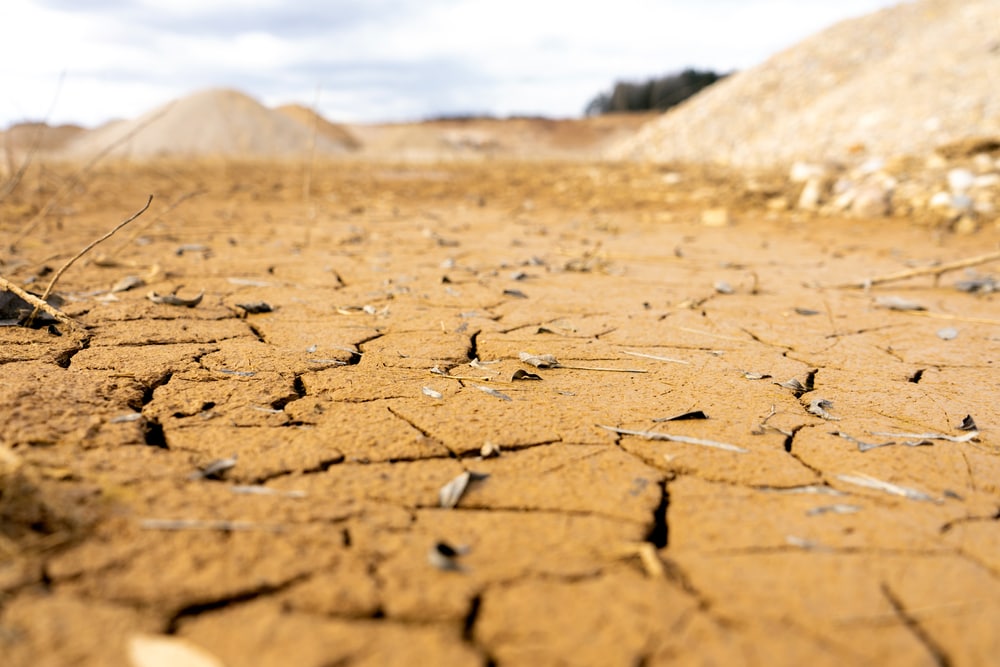
There are several factors involved in the process of animals and plants becoming threatened or extinct. In the past, based on fossil records, mass extinction events have been caused by natural phenomena.
Extinction is a part of evolution. As the world gradually changes over millions of years, animals and plants evolve, and their evolutionary processes can end.
Scientists have conducted extensive studies to try and estimate and compare the current extinction rate of plants and animals with historical extinction rates.
According to a study released by Stanford biologist Paul Ehrlich and co-authors, the extinction rate today is much higher than historical extinction rates.
The main causes of extinction that are affecting plants and animals today include:
- Habitat loss and fragmentation
- Over-exploitation of wildlife
- Introduction of non-native invasive species
- Spread of diseases
- Pollution
Most of these causes are driven by human activities. Habitat loss and fragmentation are recognized as the primary threats to endangered species.
It’s also important to note that when one species becomes extinct, it can significantly alter the ecosystem in which it lives. As a result, this can take a major toll on other species living in the same ecosystem.
It’s like a domino effect that can be hard to manage once an ecosystem experiences such significant change or loss.
You May Also Like: 21+ Types Of Plants: From The Dinosaur Age To The Present (ID Guide, Pictures, And Facts)
Mass Extinction Events
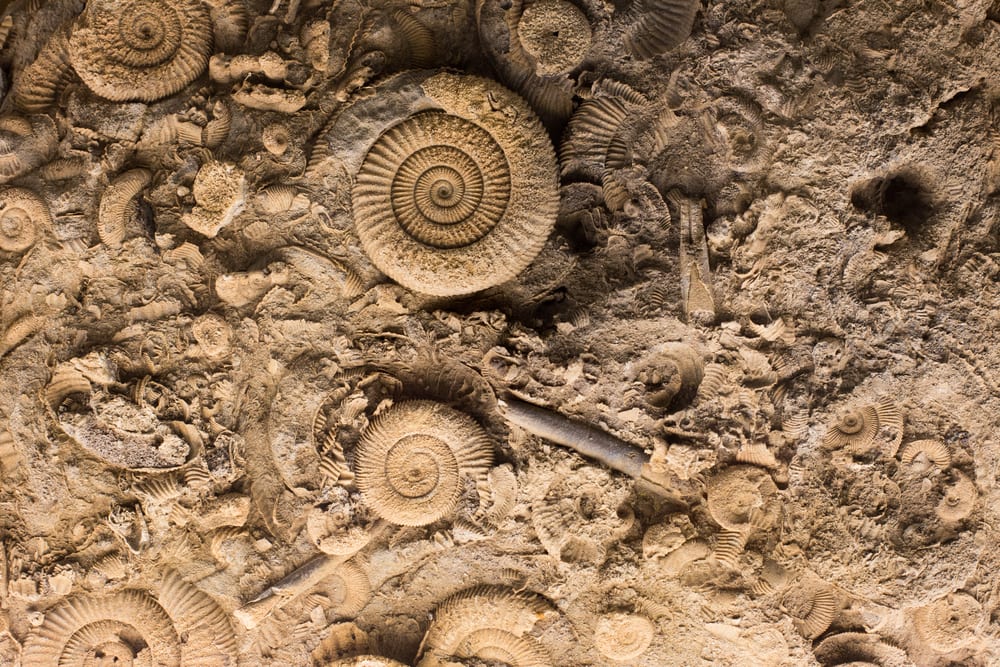
The Earth has experienced five mass extinction events throughout its history. All of these mass extinction events have been attributed to gradual natural changes to the Earth or catastrophic events, such as:
- Global warming and cooling phases
- Rising and falling of sea levels
- Reduction of oxygen and/or carbon dioxide in the atmosphere
- Catastrophic volcanic eruptions
- Asteroid hitting Earth
The last mass extinction event to occur was the Cretaceous mass extinction about 65.5 million years ago. This is when the last of the non-avian dinosaurs were wiped out.
It’s widely accepted that the event was caused by an asteroid hitting the Earth and its aftermath.
Some scientists claim we’re entering a “sixth mass extinction event” that’s driven by human activities.
While previous mass extinction events typically affected certain groups of animals, such as marine species or terrestrial vertebrates, the sixth mass extinction event is less selective.
According to the IUCN, more than 42,100 species are threatened with extinction.
Extinct Animals FAQs
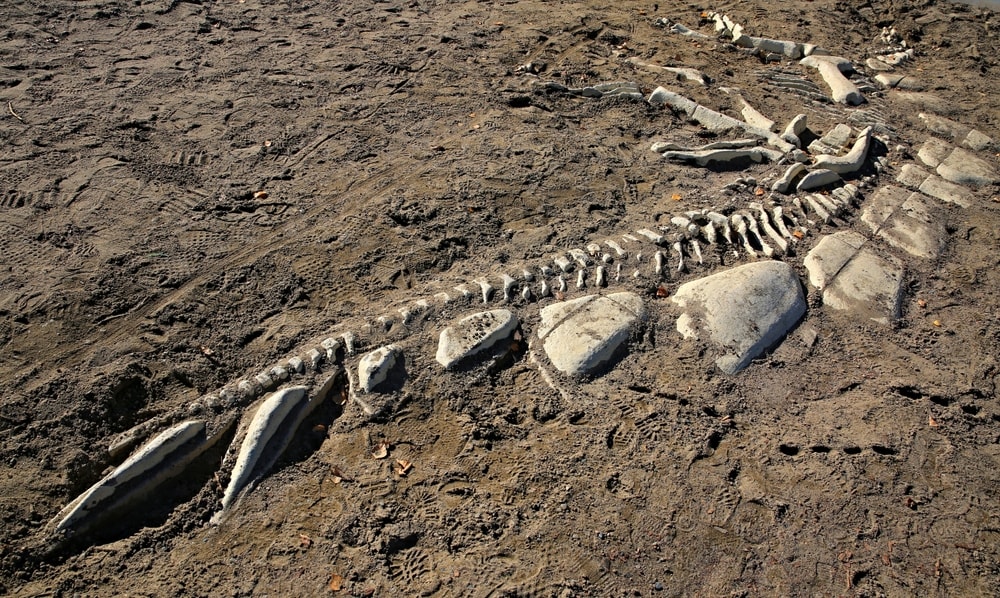
Why is animal extinction a problem?
When animals become extinct, it can cause a domino effect that impacts plants and animals that depend on the species or live in the same ecosystem.
Every animal serves a function in its ecosystem. For example, some species help with seed dispersal, which promotes plant biodiversity. Other species may play an important role in population control because of the prey they consume.
When an animal becomes extinct, it can alter the functions and quality of life of other species in an ecosystem.
What are the natural causes of extinction?
Although we’re seeing how human activities can drive plants and animals to extinction, extinction also occurs naturally. Over long periods of time, the Earth naturally goes through gradual changes.
Some natural causes of extinction include gradual changes in temperature, natural disasters like volcanic eruptions, and the rising and falling of sea levels.
When these changes occur naturally, they do so over hundreds of thousands to millions of years.
What was the biggest animal extinction?
The largest animal extinction to ever occur was the Permian-Triassic extinction event. This mass extinction took place about 252 million years ago. Based on fossil records, it’s estimated that about 96% of all marine species went extinct as a result.
A study conducted by the University of Washington and Stanford University suggests that this “Great Dying” event was caused by global warming.
The Earth’s ocean temperature warmed, which led to a reduction in oxygen. This made the ocean uninhabitable for most marine species.
Does global warming contribute to extinction?
Yes, global warming can contribute to extinction. It’s happened previously in mass extinction events, such as the Permian-Triassic mass extinction.
Global warming also played a role in the Devonian and Triassic mass extinction events.
These mass extinction events occurred more than 100 million years apart, so they were gradual.
Today, the Earth is warming at an extremely fast rate. Greenhouse gases released into the Earth’s atmosphere by humans are one of the main causes of global warming today.
At such a rapid rate, the warming of our planet can also contribute to many other changes we’re seeing, such as the rising of global sea levels.









